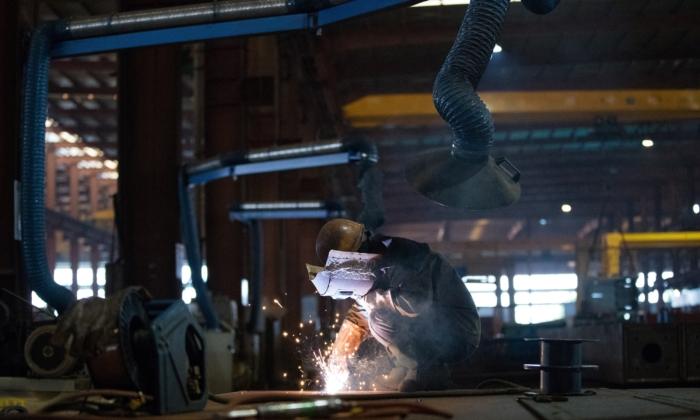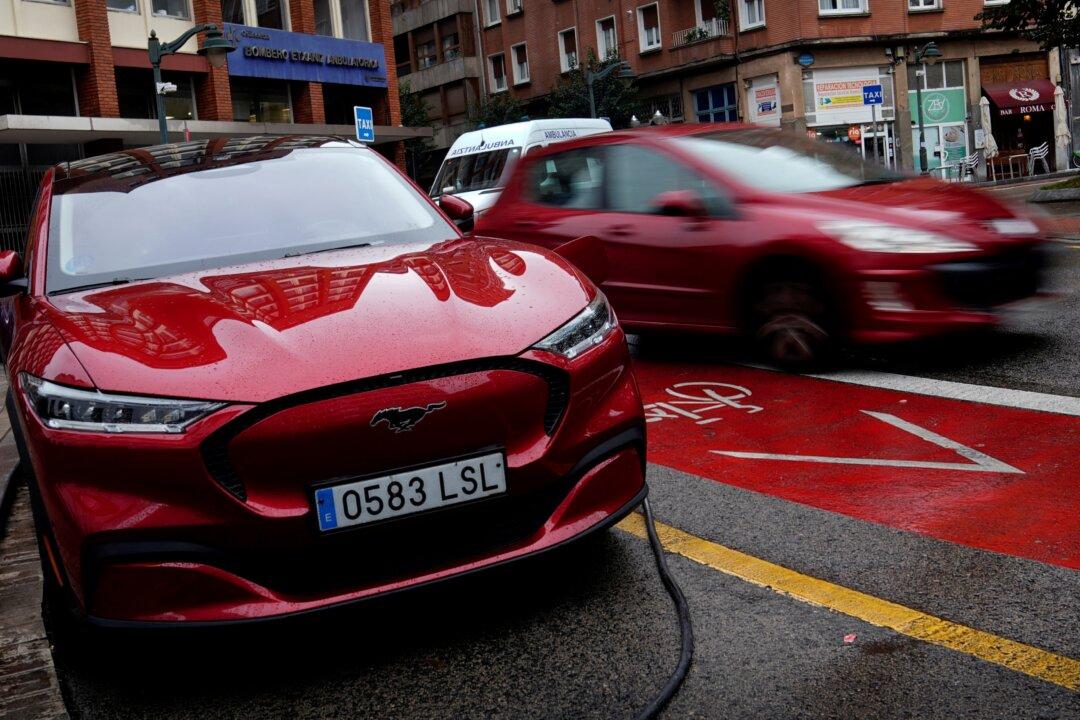BEIJING—China’s factory activity declined for a third straight month in June and weakness in other sectors deepened, official surveys showed on Friday, adding pressure for authorities to do more to shore up growth as demand falters at home and abroad.
Services sector activity for June also recorded its weakest reading since the Chinese regime abandoned its strict COVID-19 curbs late last year, data from the National Bureau of Statistics (NBS) showed.
The official manufacturing purchasing managers’ index (PMI) inched up to 49.0 from 48.8 in May, staying below the 50-point mark that separates expansion from contraction and in line with forecasts.
The non-manufacturing PMI fell to 53.2 from 54.50 in May, indicating a slowdown in service sector activity and construction.
The NBS' separate services index dropped to 52.8 from 53.8 in May, its lowest since December when the Chinese Communist Party (CCP) scrapped strict COVID-19 curbs.
The readings initially pushed the yuan to a seven-month low and the Australian dollar to a three-week low although both currencies later recovered losses.
“After a short-lived reopening boost, the service sector appears to be settling into a new post-pandemic normal of slower growth,” wrote Julian Evans-Pritchard, head of China economics at Capital Economics.
When the CCP abandoned its COVID controls, economists anticipated its economy would recover quickly and emerge as a key driver for global growth. Six months on, however, analysts are downgrading their forecasts for the rest of the year.
Nomura has been the most bearish, cutting its forecast for growth in China’s gross domestic product (GDP) this year to 5.1 percent from 5.5 percent. That downgrade even takes into account the prospect of new stimulus.
The PMIs showed new orders and new export orders shrank for the third straight month.
“The June PMI reflects a number of imbalances and weaknesses, such as: the continuous contraction of internal and external demand, an accelerated slowdown in the operations of small enterprises, and continuing increasing pressure on the private economy,” said Bruce Pang, chief economist and head of research for Greater China at Jones Lang LaSalle.
China cut key lending benchmark rates earlier this month to shore up activity.





